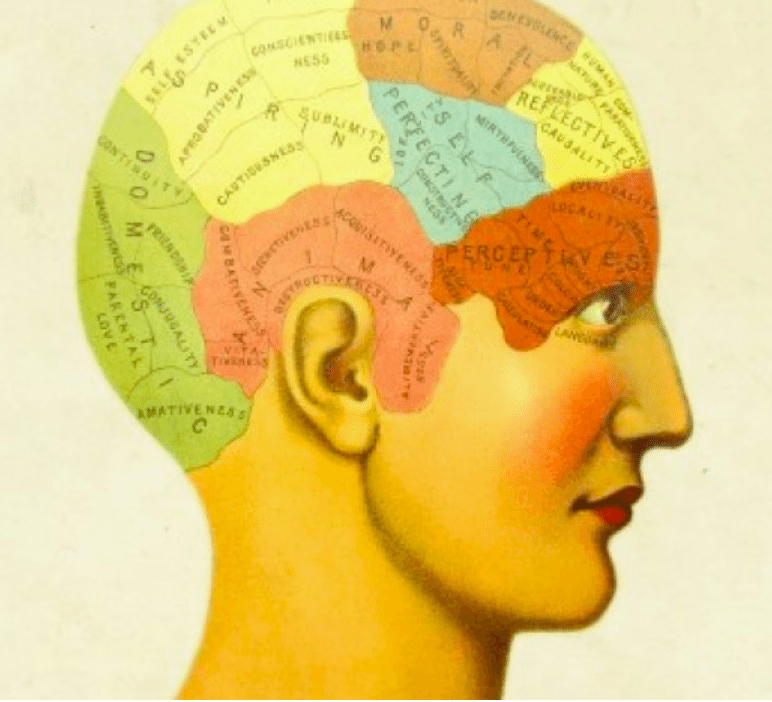Hi there Cohorters! I hope everyone has had a great break from their routines these past couple of weeks. I have just returned refreshed from rural Cuba, tech-free, advertising free and utterly in slo-mo for the last week. Bliss. I have found in my Cohort experience that many little side-bar projects have crept into what […]
I have spent a lot of time in ‘thinking mode’ since the last F2F. I had been worried about the fact that my action plan had not advanced to a great degree, yet I was still interested in my topic and so I took the advice I often give my students: keep reading, keep mulling […]
